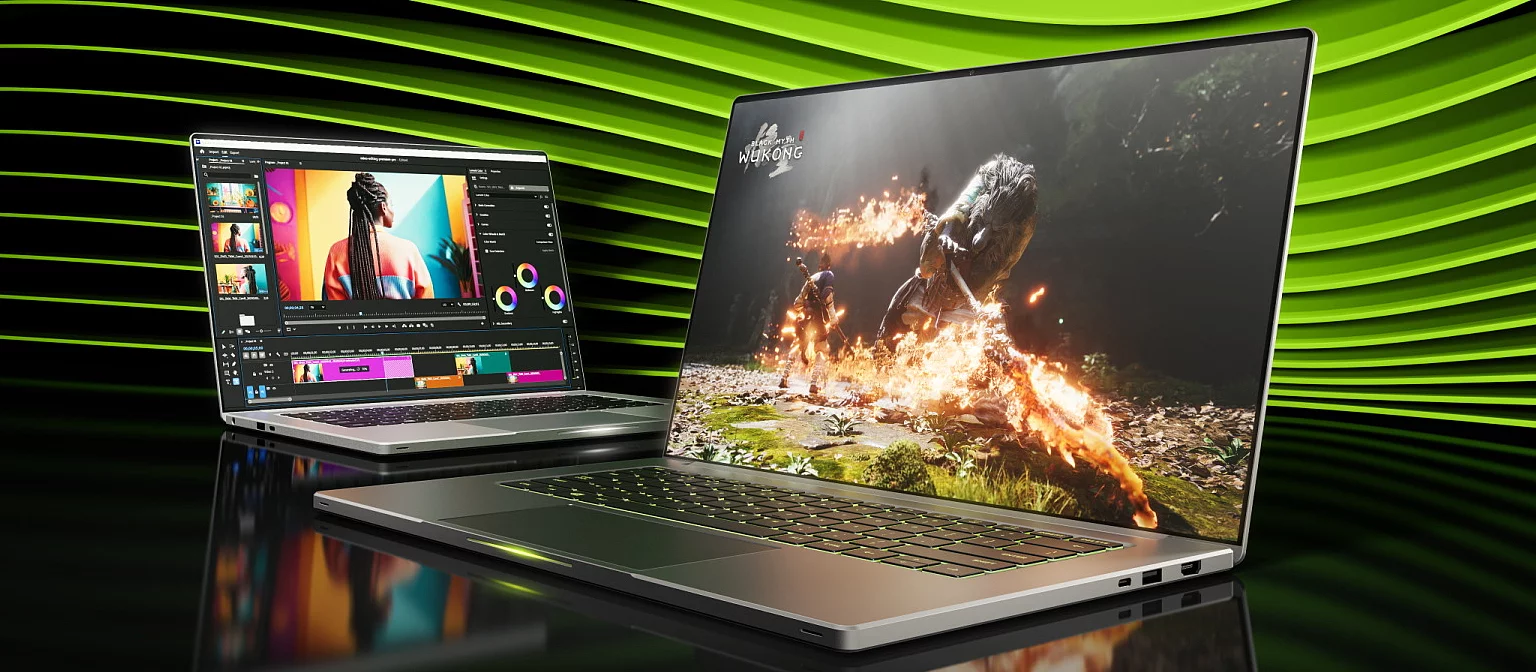Mobile RTX 5090 Turns Out to Be Twice as Weak as Desktop Version

Sales of high-end laptops featuring the mobile GeForce RTX 5090 are set to begin in late March, but initial benchmarks have already revealed an unpleasant truth: despite architectural improvements, portable systems deliver only half the performance of their desktop equivalents. According to experts, the main bottleneck for the mobile RTX 5090 is its strict power consumption limits. While desktop GPUs easily surpass 400W, their laptop variants are forced to operate within a 150W power envelope.
Performance comparisons in 4K gaming and synthetic benchmarks heavily favor the desktop version:
- In Cyberpunk 2077, the desktop RTX 5090 hits 112 FPS, while the flagship Razer Blade 16 barely reaches 50 FPS.
- The Final Fantasy XV Benchmark shows 201 FPS on a PC versus just 97 FPS on a laptop.
- In 3DMark Time Spy, the performance gap is a staggering 50% (49,144 vs. 24,599 points), while in Port Royal, the mobile GPU lags by 60% (37,524 vs. 15,433 points).
Interestingly, during the Ada Lovelace generation (RTX 40 series), the performance gap between desktop and mobile GPUs was around 30%, but now it has widened to 50-75%, raising doubts about the viability of upgrading for RTX 4080 laptop owners. NVIDIA is betting on software-based innovations: exclusive DLSS support with multi-frame generation in the RTX 50 series artificially increases the gap with previous generations. However, in raw benchmarks without upscaling, the RTX 5090 mobile shows only a 15-30% performance boost over the RTX 4080 — a modest gain for three years of development.



